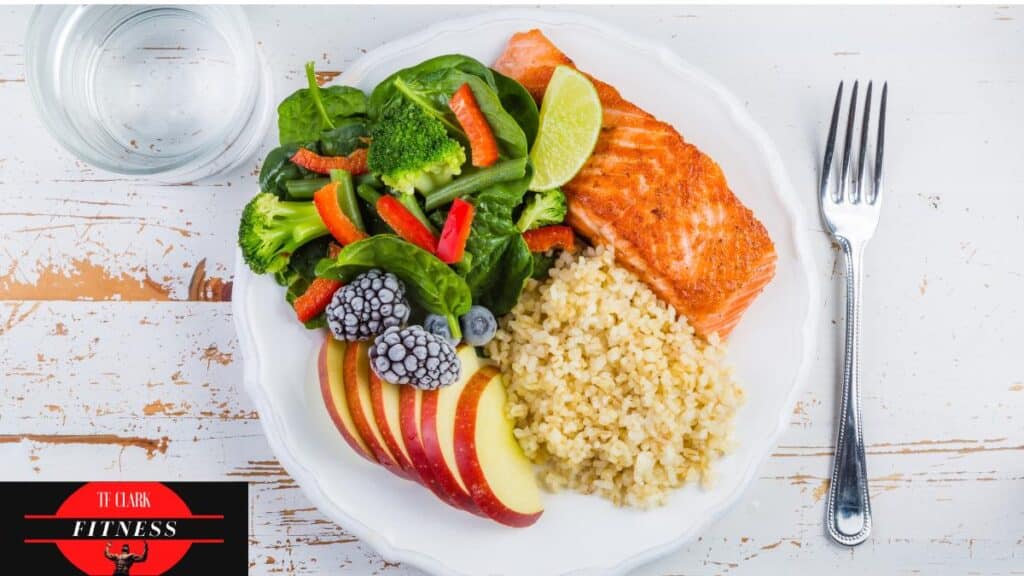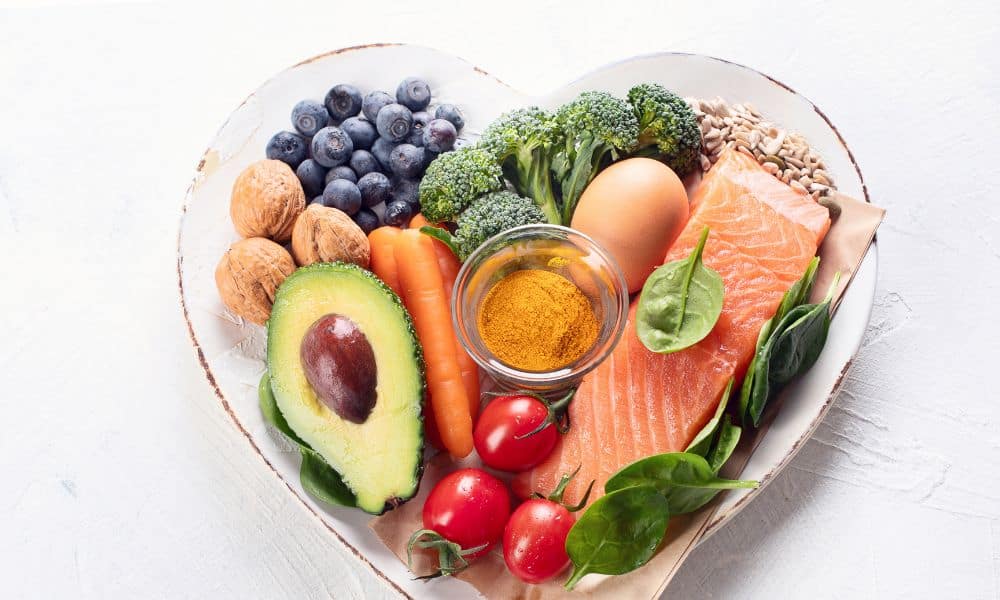It’s no secret that there’s a massive disconnect between ideal serving sizes and the average American portion size. The inflation in portion sizes has gradually recalibrated what many people consider to be a “normal” amount to eat, leading to consumption that often exceeds nutritional recommendations. As the average plate swells, so does the challenge of recognizing appropriate portions, highlighting the critical role of portion control in a balanced diet. Read on and discover some key things to know about healthy portion control.
Understanding Portion Sizes
Portion size refers to the actual amount of food one chooses to eat, which can vary greatly depending on personal decisions. Serving size, however, is a standardized unit of measure typically found on nutritional labels, designating the recommended quantity of food conducive to a healthy diet. Differentiating between the two can help individuals customize their intakes based on serving size guidelines while maintaining autonomy over their portions.
To effectively measure portions at home, consider employing common kitchen tools to maintain consistency and accuracy. Utilize measuring cups for liquid and dry ingredients to ensure the measurements align with the serving sizes cited in nutritional guidelines. Using a kitchen scale can further refine your ability to accurately portion foods, particularly for items where weight is a key consideration, such as meats and cheeses. Embracing these practical tips can enable you to better manage your portion sizes, significantly contributing to a healthier, more balanced approach to eating.
Portion Control and Weight Management
The link between portion sizes and calorie intake is both direct and profound. As portion sizes increase, so does the consumption of calories, often surpassing the body’s energy requirements for the day. This excess calorie consumption can lead to weight gain over time if not counteracted by physical activity or other means of energy expenditure.
By consciously regulating the size of the portions they consume, an individual can create a daily calorie turnover conducive to weight loss or caloric balance, which is essential for weight maintenance. This strategy involves eating smaller, more well-balanced portions that provide adequate nutrition without the surplus calories that can contribute to weight gain. Consistently practicing portion control helps individuals develop healthier eating habits that are more sustainable in the long term.
Limiting Sides, Snacks, and Condiments
The easiest way to develop proper portion control skills is by limiting “add-on calories” such as sides, snacks, and condiments. Regularly consuming large portions of these add-ons can quietly add more calories, affecting weight-management efforts. Simply reducing the portion sizes of these additional items allows you to enjoy your favorite dishes without overeating. Opt for fresh vegetables or side salads with a light vinaigrette instead of higher-calorie options such as fries or creamy pasta salads.
If you’re whipping up a homemade Mexican-style dinner, consider pairing your quesadillas with a light, healthy side dish such as black bean salad or grilled corn. Make sure the majority of your side dishes and daily snacks are diverse in food groups for the most effective weight loss.
With this guide on what to know about healthy portion control, you can build well-balanced dietary habits and practices without sacrificing your favorite foods. By being vigilant about portion sizes, making informed decisions, and incorporating these straightforward tips into your daily life, you can confidently navigate the path to sustainable weight management and improved well-being.




